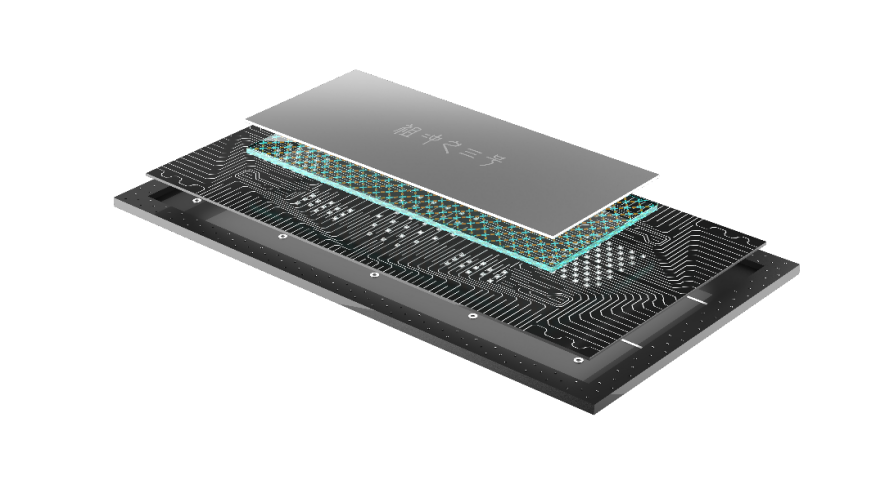Insider Brief
China has deployed a superconducting quantum computer based on the “Zuchongzhi 3.0” design for commercial use, marking a step toward practical quantum computing applications.
The system, featuring 105 readable qubits and 182 couplers, reportedly performs quantum random circuit sampling tasks a quadrillion times faster than the world’s most powerful classical supercomputer.
Developed by China Telecom Quantum Group and QuantumCTek, the machine is connected to the “Tianyan” quantum cloud platform, which has attracted over 37 million visits from users in more than 60 countries since its 2023 launch.
China has put its superconducting quantum computer into commercial operation, a move that signals the country’s growing ability to turn laboratory advances into usable quantum technologies, according to The China Daily, a government-run newspaper.
The system is based on the “Zuchongzhi 3.0” design, a superconducting quantum processor developed by researchers at the University of Science and Technology of China (USTC). The new deployment was carried out by the China Telecom Quantum Group (CTQG) and QuantumCTek Co. Ltd., both headquartered in Hefei, a city that has become a hub for China’s quantum research and industry.
Being open for commercial use means that companies, researchers and developers can now access the system remotely through a cloud platform, paying for computing time or using it for algorithm testing and application development.
The computer uses a chip with 105 readable qubits and 182 couplers — components that allow qubits to interact and perform complex calculations. It reportedly completes quantum random circuit sampling tasks a quadrillion times faster than the world’s most powerful classical supercomputer, according to The China Daily.
Quantum random circuit sampling is a benchmark task used by researchers worldwide to demonstrate what’s known as quantum computational advantage, or the point at which a quantum processor performs a calculation beyond the practical reach of classical computers. While the task itself is largely a test rather than a practical application, it represents a crucial milestone in scaling quantum systems toward useful workloads such as materials modeling, encryption, and artificial intelligence.
From Prototype to Application
The Zuchongzhi 3.0 chip, unveiled earlier this year by USTC physicists Pan Jianwei, Zhu Xiaobo, and Peng Chengzhi, extended China’s previous record in superconducting quantum computing. Their team demonstrated that the system could reliably handle 105 qubits, surpassing earlier versions and solidifying China’s position in the international quantum race.
The newly deployed system, built from the same chip series, now transitions that laboratory success into a commercial context. The China Daily reported that the machine will connect to the “Tianyan” quantum cloud platform operated by CTQG, allowing researchers and enterprises worldwide to access its computing capabilities remotely. In July 2025, The China Daily reported the Tianyan platform hosted an 880-qubit superconducting quantum computing cluster that included a 24-qubit computer, two 176-qubit machines, and the Tianyan-504.
Since the platform’s launch in November 2023, it has received more than 37 million visits from users across 60 countries and handled over 2 million experiments, the newspaper reports. This broad access mirrors a growing global trend in quantum computing, offering cloud-based services to allow customers to experiment with algorithms without owning specialized hardware.
Superconducting quantum computers use circuits cooled to near absolute zero to maintain quantum coherence, which is the fragile state in which qubits can represent multiple values simultaneously. Maintaining this coherence at scale remains one of the biggest engineering challenges in the field.
China’s ability to commercialize such a system reflects sustained state investment in quantum information science. Hefei, where the project is based, houses several national quantum laboratories and startups that trace their roots to USTC’s research programs. The city is a focal point of China’s efforts to integrate academic breakthroughs with industrial deployment, similar to how U.S. and European initiatives link national labs with private-sector partners.
Strategic Outlook
While the claims of “quantum computational advantage” — and particularly commercial quantum advantage — remain difficult to independently verify and often depend on specific test conditions, China’s announcement fits a pattern of rapid iteration among major quantum nations. The move by CTQG and QuantumCTek demonstrates China’s intent to translate quantum research into commercial services at a pace rivaling efforts by U.S. and European firms such as IBM, Google, and Rigetti.
According to The China Daily, the new system will support further research on quantum algorithms, networked computing and encryption technologies. Scientists involved in the project described suggest the move is a “crucial step” toward practical use cases, suggesting that China’s quantum industry is entering a phase focused on real-world integration rather than laboratory demonstration.


